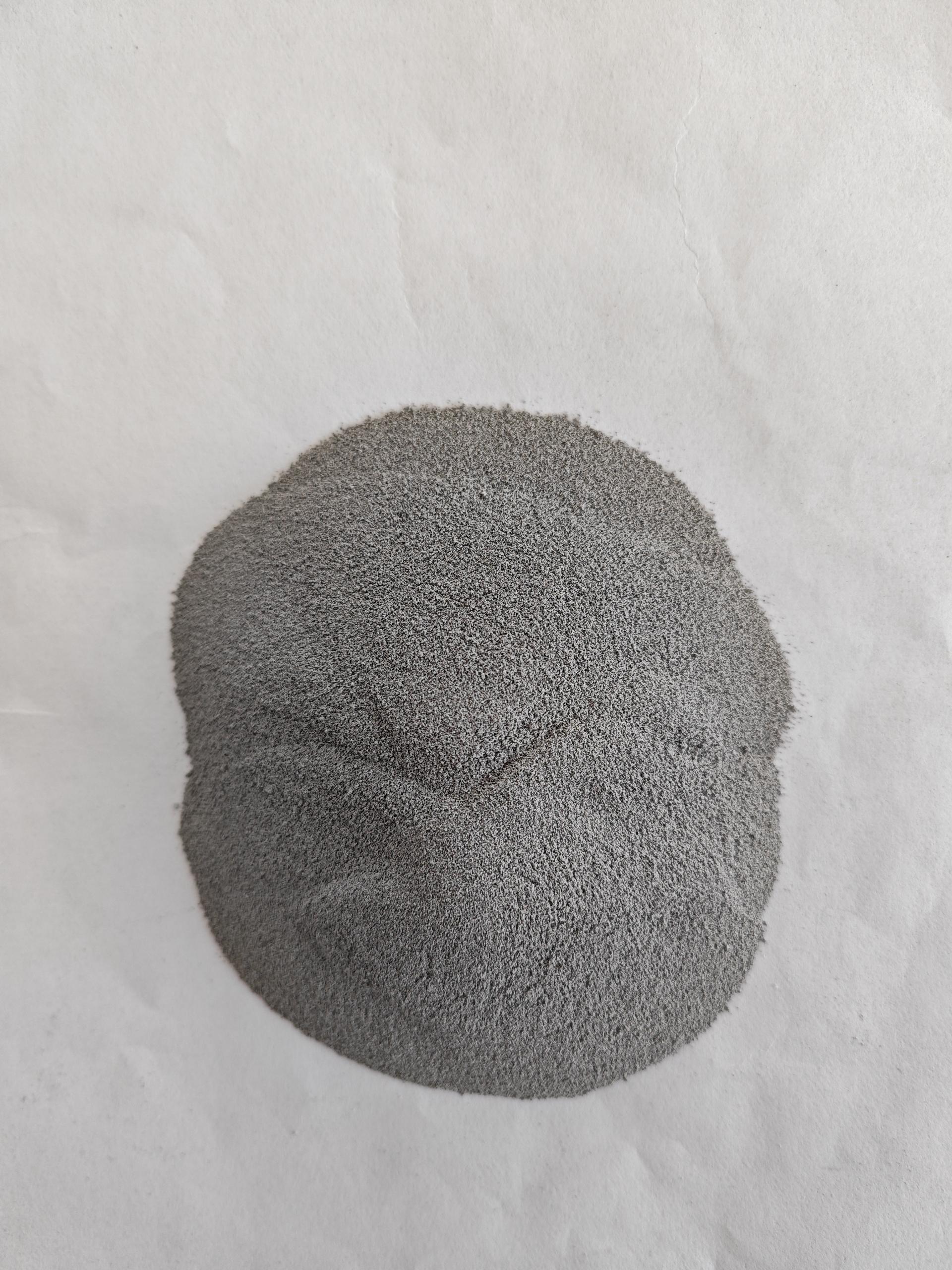PRODUCT CENTER
产品分类
NEWS
新闻资讯News
Introduction to CPVC
CPVC stands for chlorinated polyvinyl chloride. It is a thermoplastic that is made by chlorinating polyvinyl chloride (PVC). CPVC is significantly more flexible than PVC, and can also withstand higher temperatures. Uses include hot and cold water delivery pipes and industrial liquid handling. CPVC, like PVC, is deemed safe for the transport and use of potable water.
CPVC is a popular choice for plumbing applications because it is strong, durable, and easy to install. It is also resistant to corrosion and can withstand high temperatures. CPVC is a good choice for both hot and cold water applications.
Here are some of the advantages of using CPVC:
Strong and durable: CPVC is a strong and durable material that can withstand high pressure and temperatures.
Easy to install: CPVC is easy to install and can be joined using a variety of methods, including solvent welding and threaded connections.
Corrosion resistant: CPVC is resistant to corrosion from a variety of chemicals, including acids, bases, and solvents.
Heat resistant: CPVC can withstand temperatures up to 200 degrees Fahrenheit, making it a good choice for hot water applications.
Here are some of the disadvantages of using CPVC:
More expensive than PVC: CPVC is more expensive than PVC, but it is also more durable and can withstand higher temperatures.
Not as flexible as PVC: CPVC is not as flexible as PVC, so it may not be the best choice for some applications, such as curved pipes.
Requires special tools: CPVC requires special tools for installation, such as a heat gun or a solvent cement.
Overall, CPVC is a good choice for plumbing applications where strength, durability, and resistance to corrosion are important. It is more expensive than PVC, but it is also more durable and can withstand higher temperatures. CPVC requires special tools for installation, but it is easy to install and can be joined using a variety of methods.






